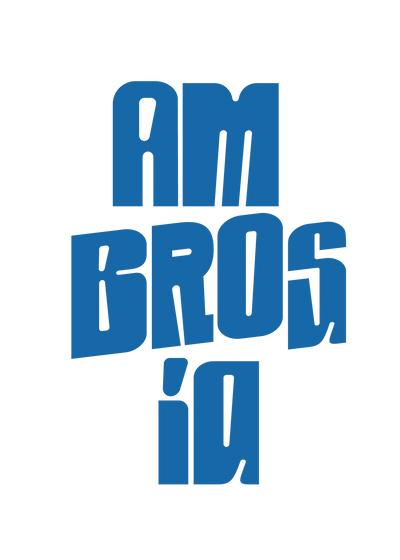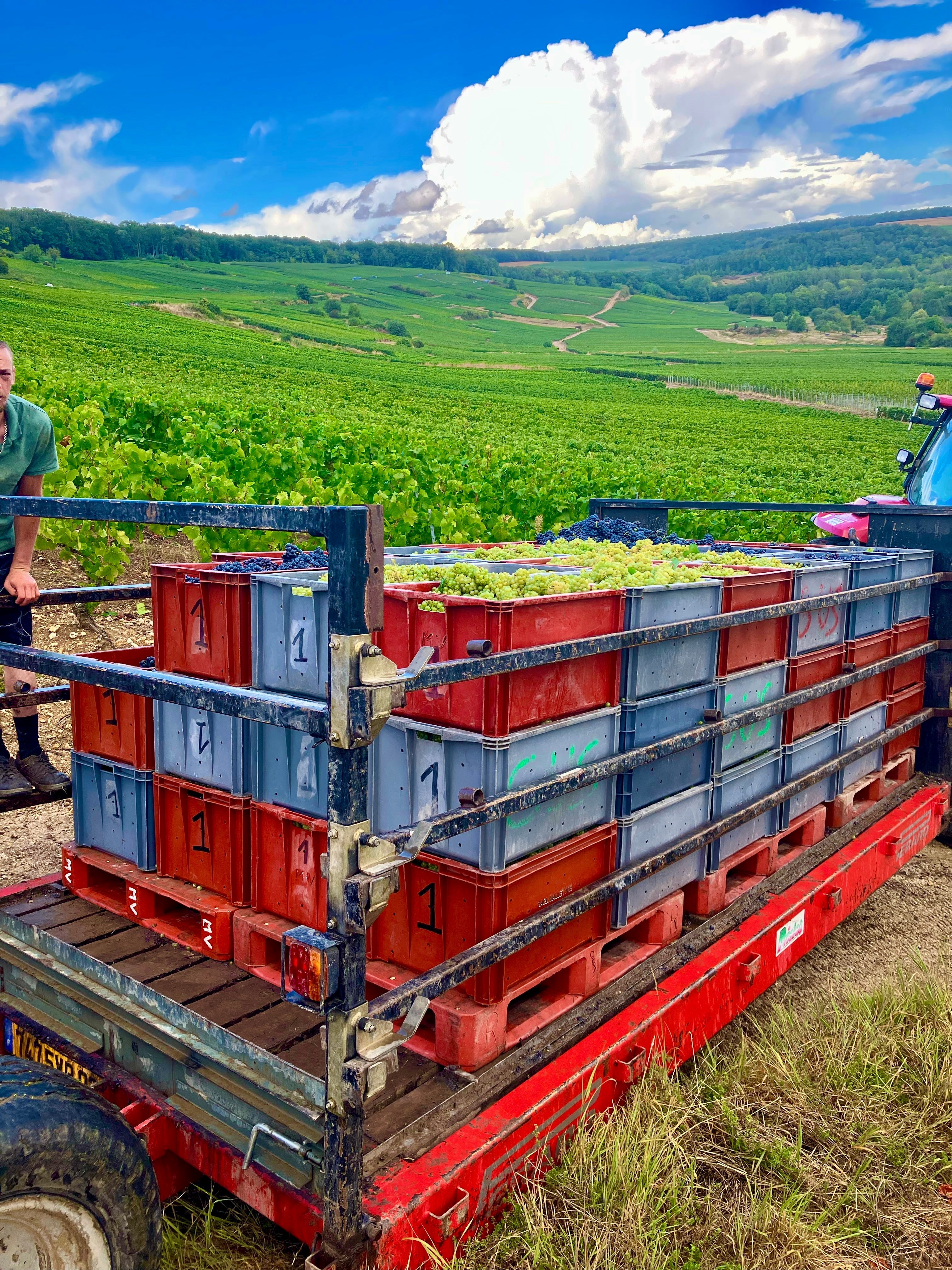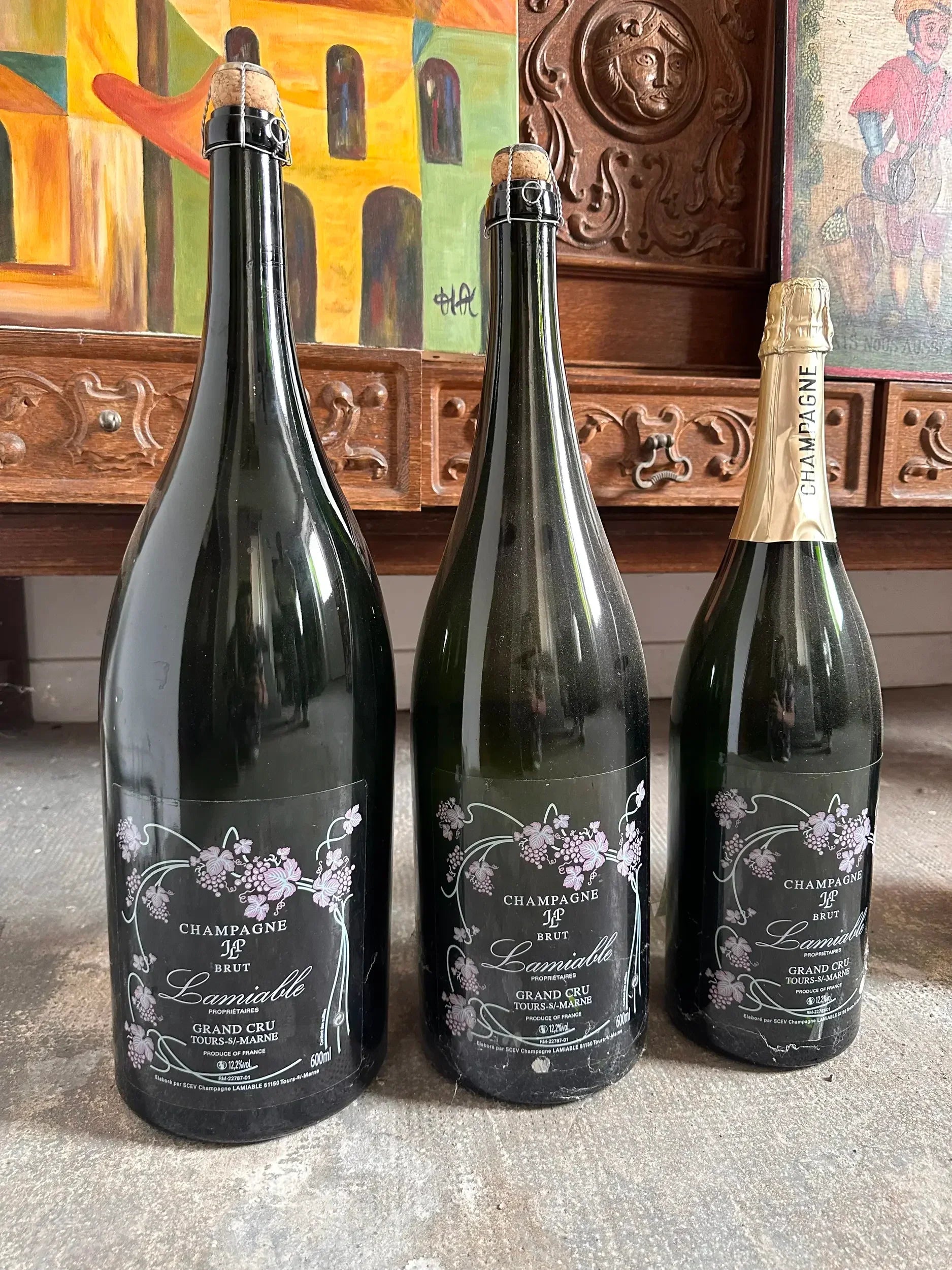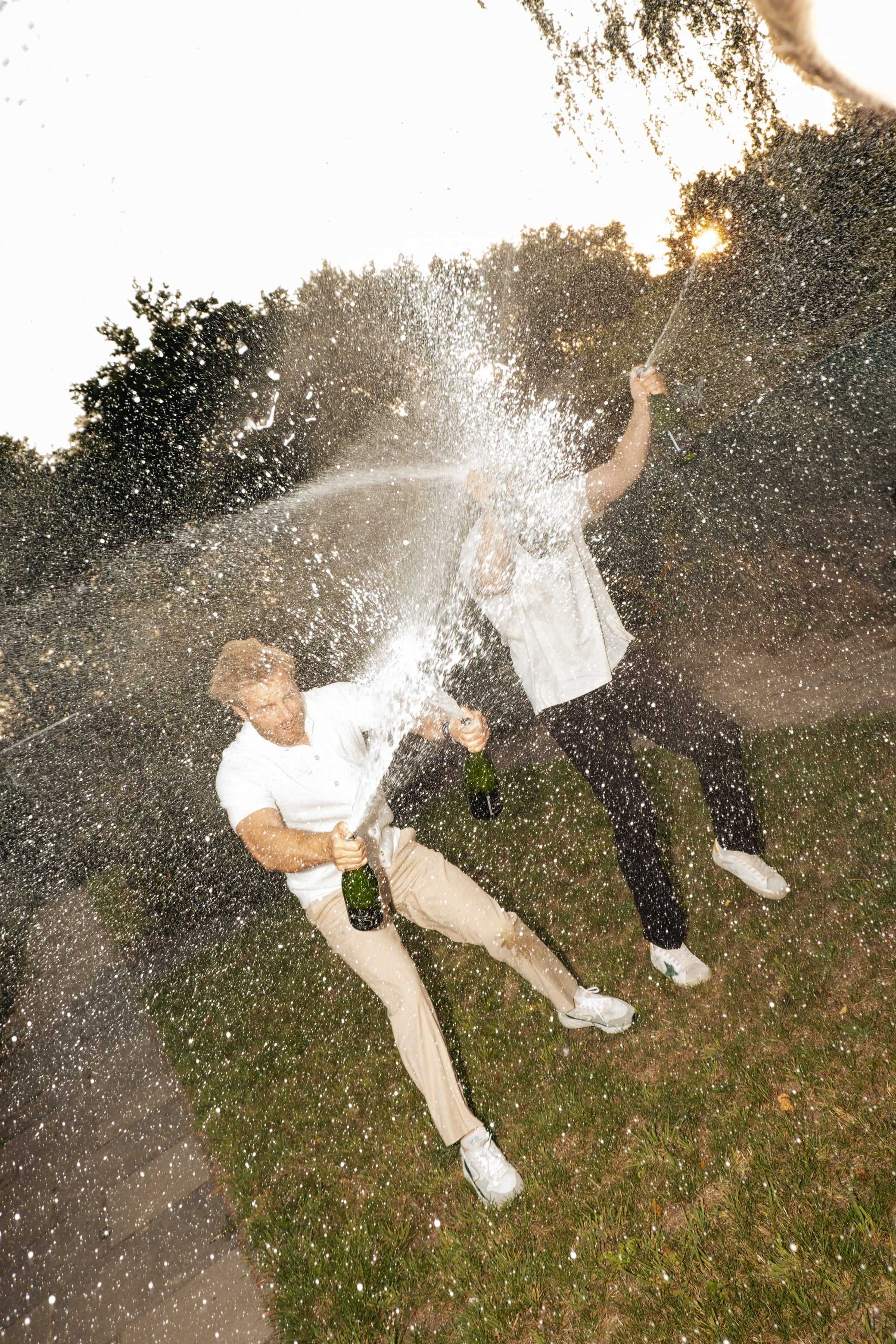Champagne may be the most famous sparkling wine in the world, but did you know that not every sparkling wine can be called champagne? The name "champagne" is legally protected and subject to strict regulations. It's not just a drink—it's a protected designation of origin and a tradition.
Origin from the Champagne region
True champagne comes from one specific region in northeastern France: the Champagne region. Only sparkling wines produced there, according to the traditional method, may bear the name "champagne." A prosecco from Italy or a cava from Spain can never be called champagne, no matter how good they are.
Strict rules and grape varieties
Champagne can only be made from a few authorized grape varieties, including Chardonnay, Pinot Noir, and Pinot Meunier. The wine must also undergo a second fermentation in the bottle – this creates the fine bubbles and depth of flavor.
Protected name with history
Since 1927, the borders of the Champagne region have been legally defined. And thanks to international trade agreements, "Champagne" cannot simply be used as a brand name outside Europe. This protects not only the quality but also the reputation of this unique wine.
More than a drink
Champagne isn't a type of wine; it's a place, a craft, a promise of quality. Each bottle is the result of years of expertise, strict rules, and passion. That's why Champagne—and everything else besides it—is simply... sparkling wine.




